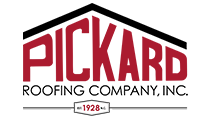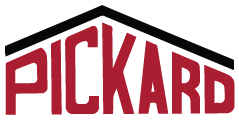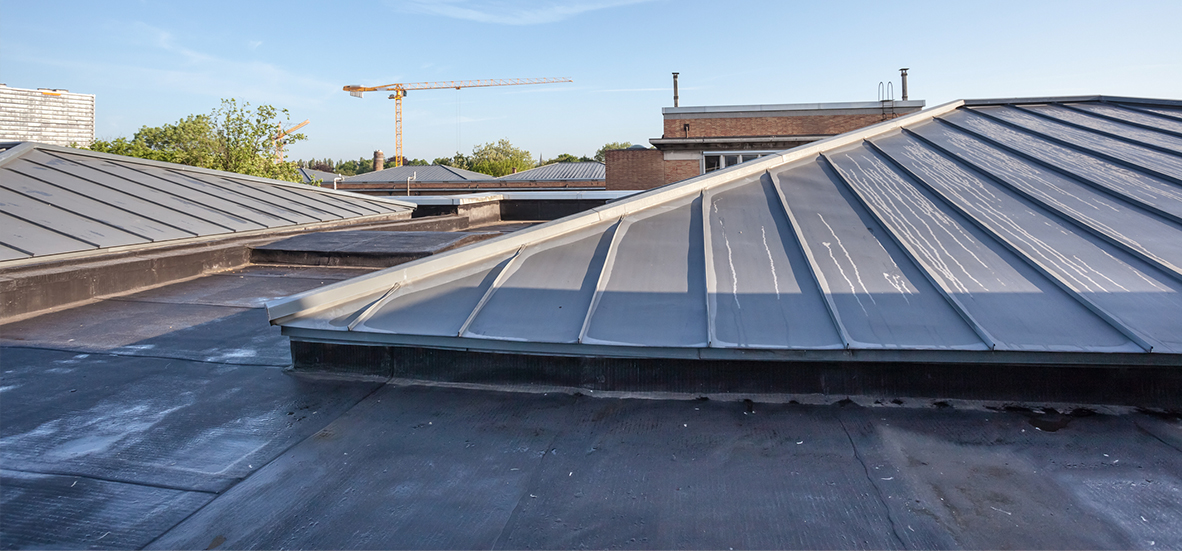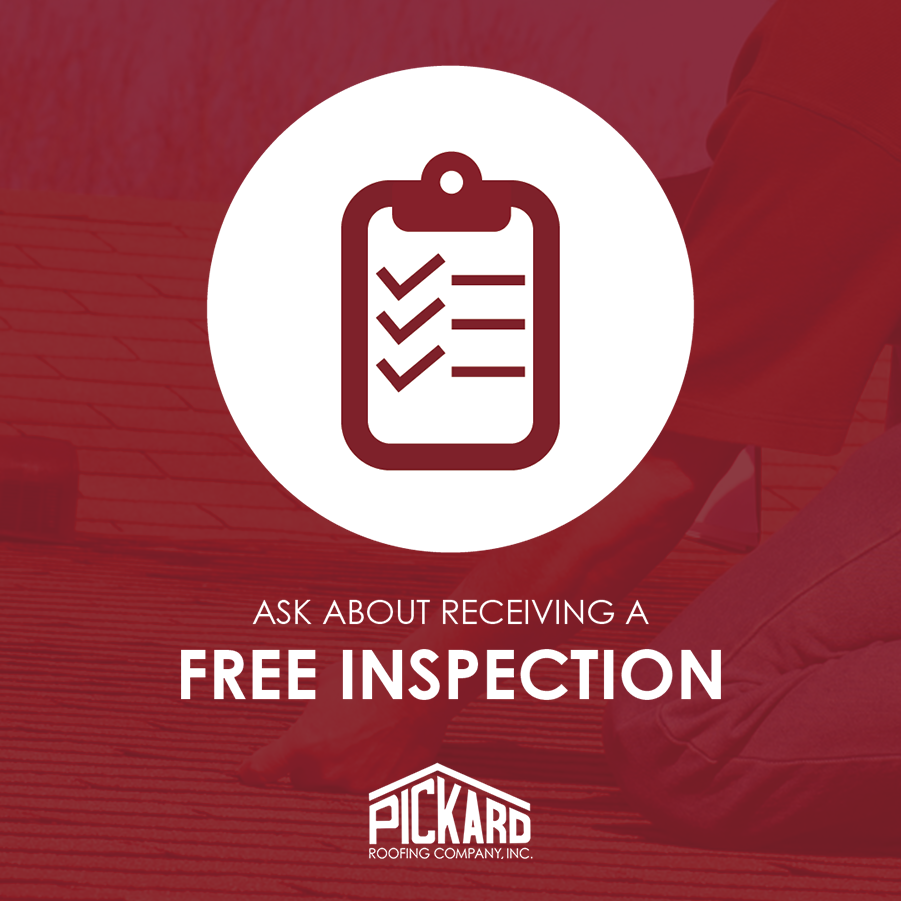Commercial flat roofs require unique drainage solutions that can cause conditions leading to algae and mold growth. In fact, flat roofs are notorious for this problem in North Carolina and other areas with lots of rainfall, humidity, and a moderately warm climate. While algae and mold are aesthetically unappealing, their presence may be the sign of a bigger issue, like a roof leak. Learn about algae and mold damage on commercial flat roofs — and how to fix it.
Why Does Mold Grow on Flat Roofs?
Both mold and algae love humid conditions where they can grow undisturbed through their entire lifecycle. During heavy rain and warmer temperatures, many commercial flat roof surfaces do not have a chance to dry out completely and kill the algae and mold spores. Without this natural drying process, mold and algae can grow out of control across the surface of your flat roof.
While mold and algae won’t affect your roofing system other than impacting the aesthetic look of your roof, it is a sign of something bigger. Algae and mold is a sign that water is ponding on the roof for long periods of time, usually from a drainage issue.
How Slope, Drainage, and Materials Impact Algae and Mold Growth
Low spots, negative slope, and overall insufficient drainage systems on a flat roof all create the conditions, like ponding, that promote mold and algae growth. Ponding water puts significant strain on commercial flat roofing systems and contributes to the rapid development of mold and algae on all nearby surfaces. This ultimately can shorten the lifespan of a roof system and hurt your investment.
Slope - Although flat roofs have virtually zero slope, they must have a slight pitch to their surface to push rainwater toward the drainage systems. If your roofing materials or design creates a negative slope, the water could start ponding rather than properly draining off the roof.
Tapered Insulation Systems - Tapered insulation is often used on flat roofs, like many commercial properties, to direct water to the correct areas and away from the roof. To correctly install a tapered system requires years of practice, knowledge about drain capacity, and taper height requirements. Improperly installed tapered systems or lack of these systems may be partly behind some of the mold and algae growth on your commercial flat roof.
Flat Roof Materials - It is important to keep in mind that even if you have the best materials on your roof and they are installed perfectly, most flat roofing materials are not waterproof. Most flat roof materials are made to be resistant to water, but they aren't designed to be submerged in ponding water for long periods of time.
What to Look for in the Detection of Algae and Mold
Mold and algae tend to grow in small patches that slowly spread across the surface of the flat roofs. Luckily, you can treat for both mold and algae using the same products and practices.
What Algae Looks Like - Algae on flat roofs looks like green or black slime that uniformly covers the surface.
What Mold Looks Like - Unlike algae, mold growths spread out in patchy areas at first, until the spots connect and fully cover your roof. Mold does not tend to occur as often as algae. If mold has made its way to the underside of a flat roof, this is a sign of a severe leak. These types of roof leaks aren’t new, and emergency roof leak repair or roof replacement should be scheduled immediately.
How to Remove the Mold and Prevent It from Growing Back
A skilled roofing expert who works with commercial flat roofs can easily help you rid your flat roof of mold or algae and keep it away. A roofing professional will be able to not only clean the area, but also inspect the flat roof to ensure there isn’t a bigger problem at the root of the growths, like negative slope or severe ponding.
By taking mold and algae growth seriously, you can preserve the condition of your commercial flat roof and help prevent the need for extensive repairs in the future. When you get your roof inspected and schedule maintenance on a regular basis, you are saving yourself time and money, which pays off in the long run.
At Pickard Roofing, we think Design. Craft. Renew. We are experienced in all types of roofing systems- and provide the right roofing design and selective craftsmanship for renewing our customer’s assets. We invite sustainable building customers to give us a call for your free evaluation. For over 90 years Pickard Roofing Company has installed countless metal, tile, slate, TPO, EPDM, and all types of shingle roofing in the Triangle. Our services include residential, commercial, custom architectural metal fabrication, and historical renovation.
